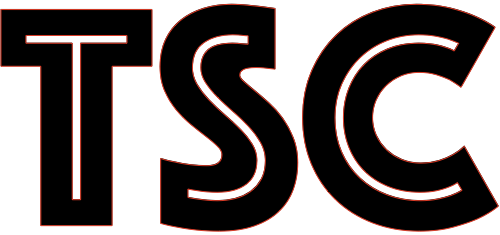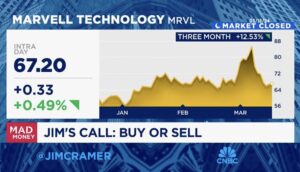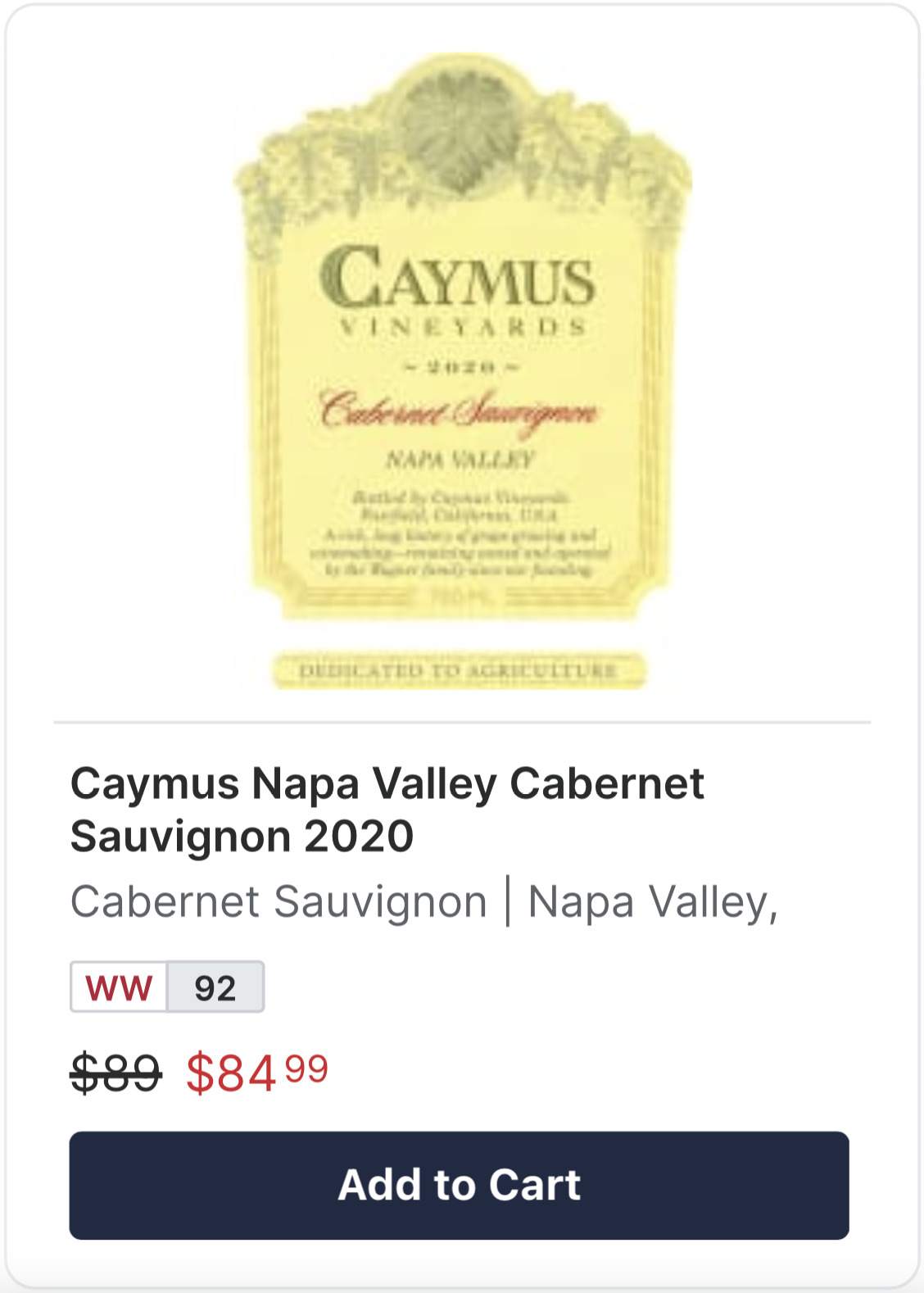
When you make purchases through our links we may earn a small commission.

Photo Credit: Nicholas Green
Put It On Your Wall: CanvasOnDemand.com
Support thesmokingchair.com through Patreon.
In a landmark move to address the digital divide in America, President Joe Biden signed the Bipartisan Infrastructure Law (BIL) into law, allocating $65 billion to ensure every American has access to affordable, reliable high-speed internet. Since its passage, the administration has strategically focused on two key aspects: affordability and access, and infrastructure deployment. The Affordable Connectivity Program (ACP) takes center stage in the effort to make broadband services more accessible, with a remarkable 17.9 million households already enrolled.
Affordable Connectivity Program
The Affordable Connectivity Program stands as the cornerstone of the administration’s commitment to ensuring that cost is not a barrier to internet access. With 17.9 million households already enrolled, the ACP has become a lifeline for families across the nation. To bolster its outreach, the Federal Communications Commission (FCC) has allocated $100 million for paid media and grants to organizations actively involved in ACP outreach. The recent announcement of $73 million in grants is a testament to the commitment to spreading awareness and increasing enrollment.
Deployment Initiatives
On the infrastructure front, the Department of Commerce and the United States Department of Agriculture (USDA) are collaborating on a joint effort to announce $1.7 billion in grants for rural broadband deployment. Recognizing the critical need for Middle Mile high-speed internet infrastructure, an additional $1 billion has been earmarked. The state grant program, with an allocation of $42.5 billion, ensures that states have the resources to address unique regional challenges.
Tribal Broadband Connectivity Program (TBCP)
Acknowledging the unique challenges faced by Tribal Nations, the administration has taken significant steps to bridge the connectivity gap. The Department of Commerce has awarded 147 Tribal Broadband Connectivity Program grants, totaling more than $1.76 billion. These grants serve over 210 Tribal Governments, with additional awards expected in the coming weeks. The TBCP is a vital component of the administration’s commitment to equity, recognizing and addressing the historical disparities faced by Indigenous communities.
Outcomes and Future Prospects
The impact of the Bipartisan Infrastructure Law is already evident, with millions of households benefitting from improved affordability and expanded access. The commitment to rural broadband deployment and specific programs like the TBCP underscores the administration’s dedication to leaving no community behind. As the ACP continues to enroll more households and infrastructure projects unfold, the digital divide in America is steadily narrowing.
The Last Word
Biden’s Bipartisan Infrastructure Law is a historic step towards ensuring universal high-speed internet access in the United States. The Affordable Connectivity Program is making internet services more affordable for millions, while strategic deployment initiatives are bringing reliable broadband to rural areas. The Tribal Broadband Connectivity Program is addressing the unique challenges faced by Indigenous communities. As the administration continues to implement and expand these programs, the vision of a connected and digitally inclusive America is becoming a reality.
You’ll get more articles like this – and our favorite promotional offers delivered straight to your inbox.
By submitting this form you agree to our terms and conditions. You can unsubscribe at any time.

Holiday LINGERIE try on! SHEIN | Sophie Annaston

GFYG: SPICY 🌶️ HALLOWEEN COSTUME TRY-ON HAUL 🔥 W CELINA SMITH

NAUGHTY CHRISTMAS LINGERIE TRY-ON HAUL *HOT* | Lauren Alexis

Video: Mira Shape Knitted TRANSPARENT Try-On. YES or NO?

Video: Trump will do ‘whatever it takes’ to get this cash


Video: Mira Shape Knitted TRANSPARENT Try-On. YES or NO?

Sorting Out the Partisan Tax Spin on Inflation Reduction Act

The Appeal to Emotion Fallacy: Understanding Its Power and Pitfalls


Video: Valentine’s Day Lingerie Try On | Valentina Victoria

GFYG: Avaryana‘s Sexy Halloween Costume Try-On!


Video: A Country at War with Itself | Putin’s Russia

The Slippery Slope Fallacy in Politics: Common Examples

Piernas Diarias – Susana Almeida 2023 May 23
















